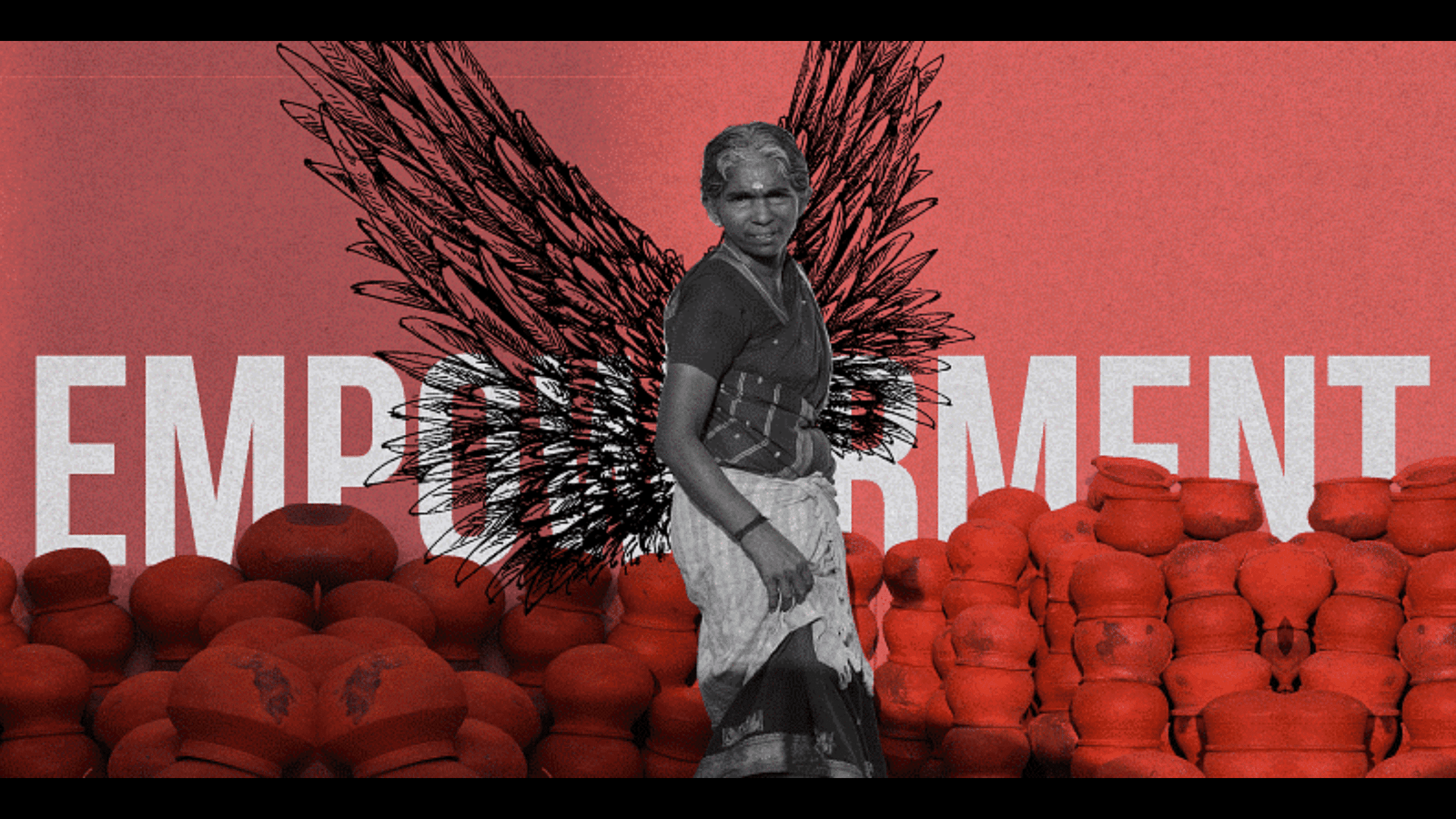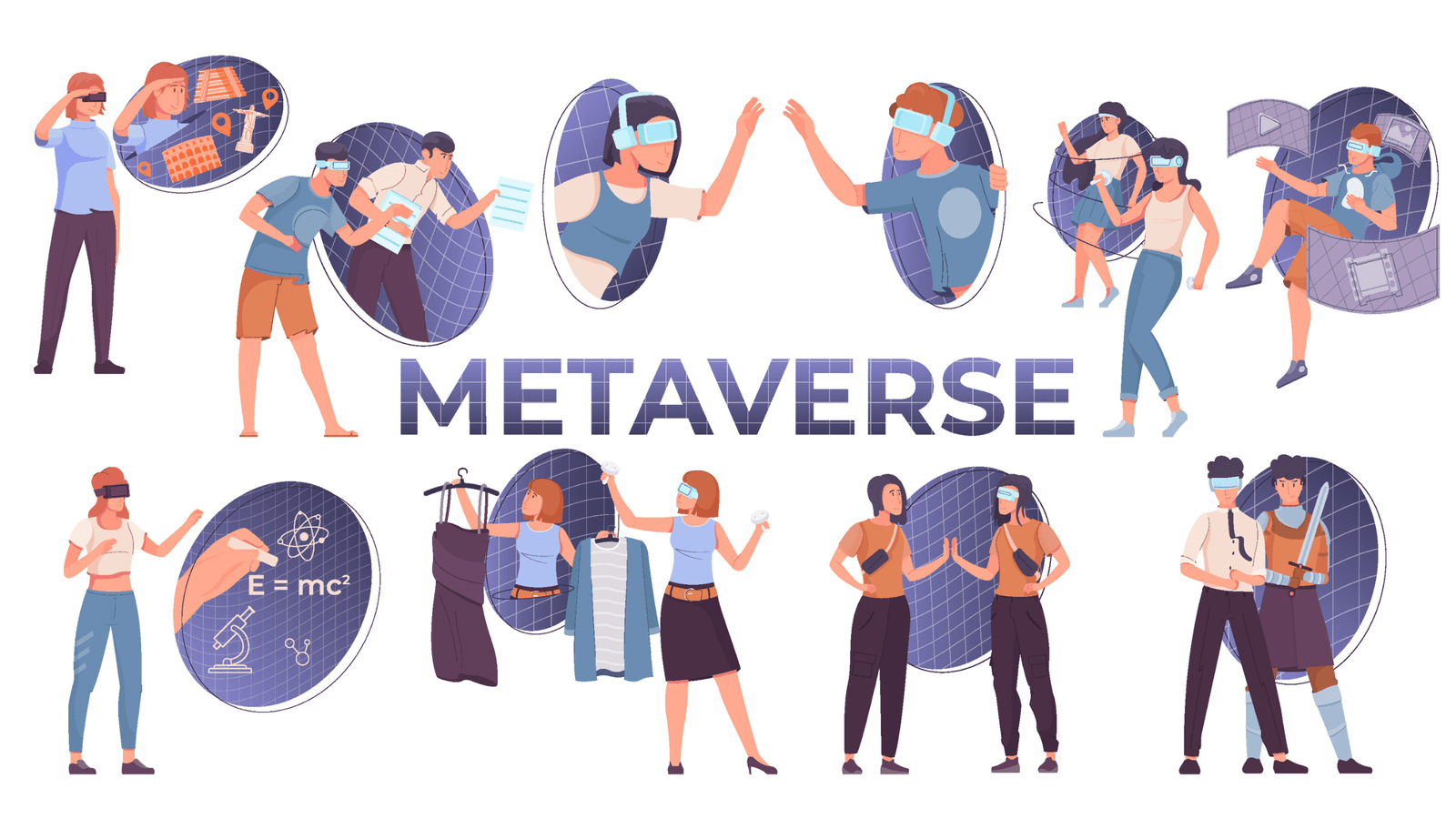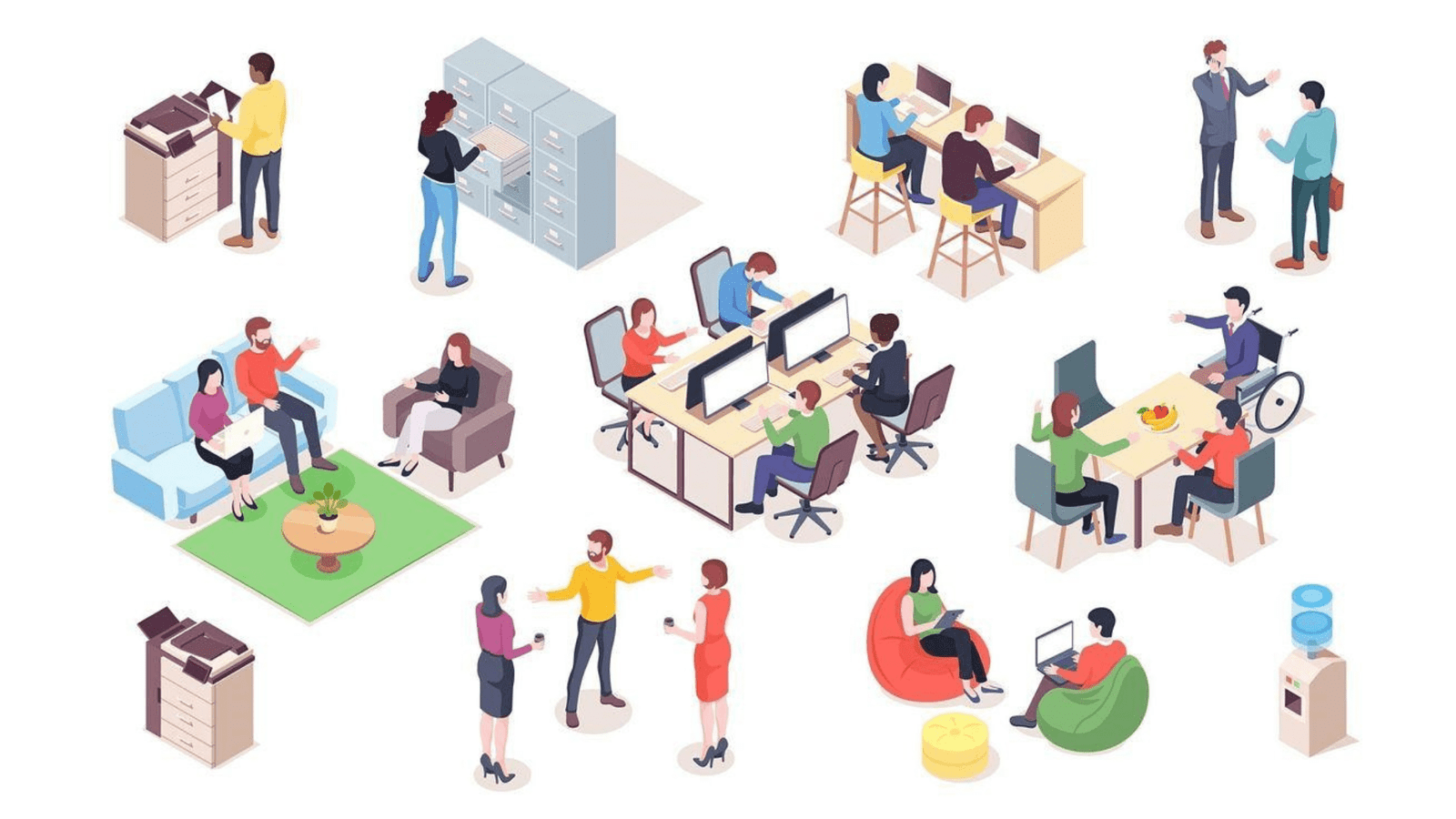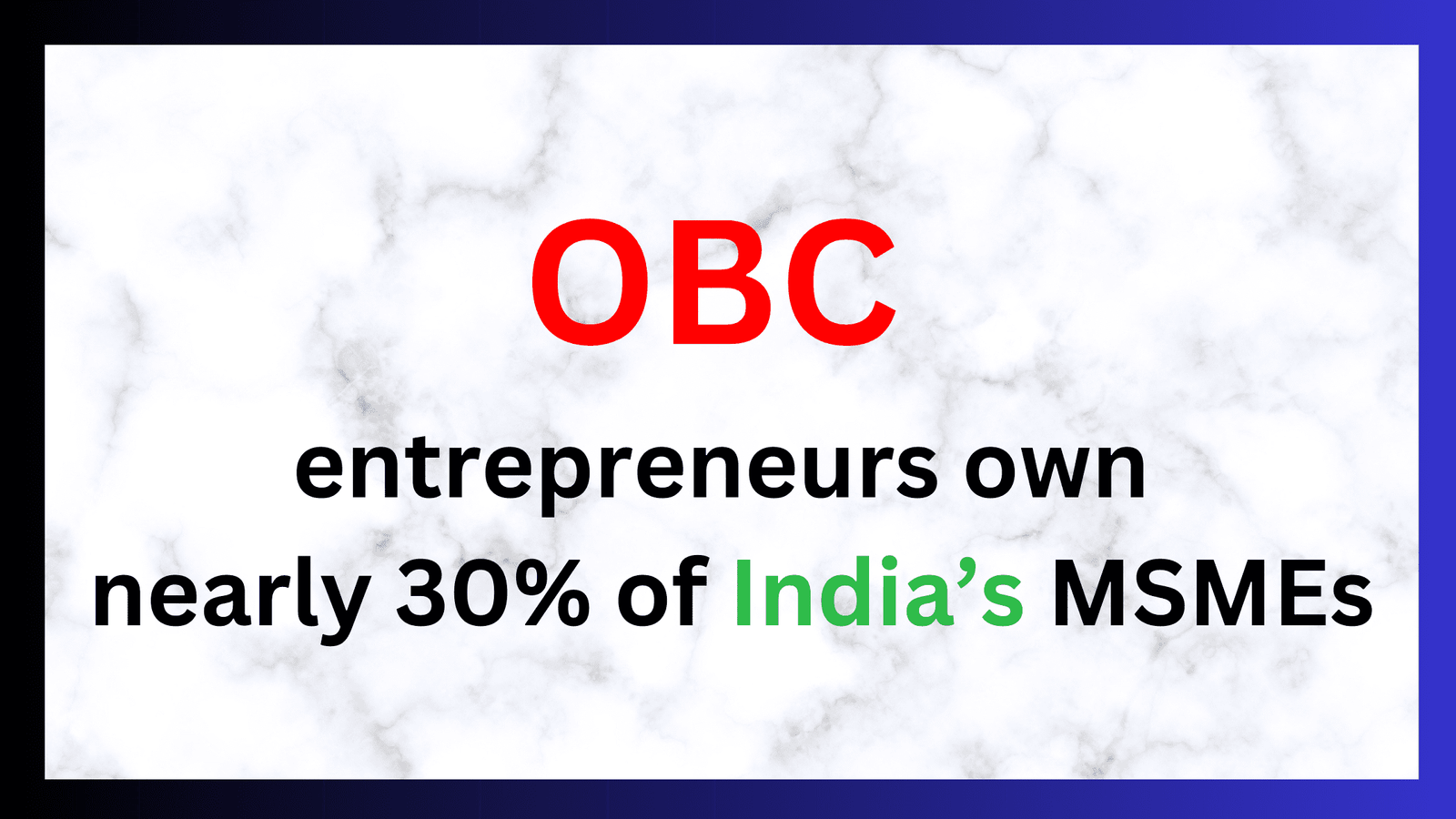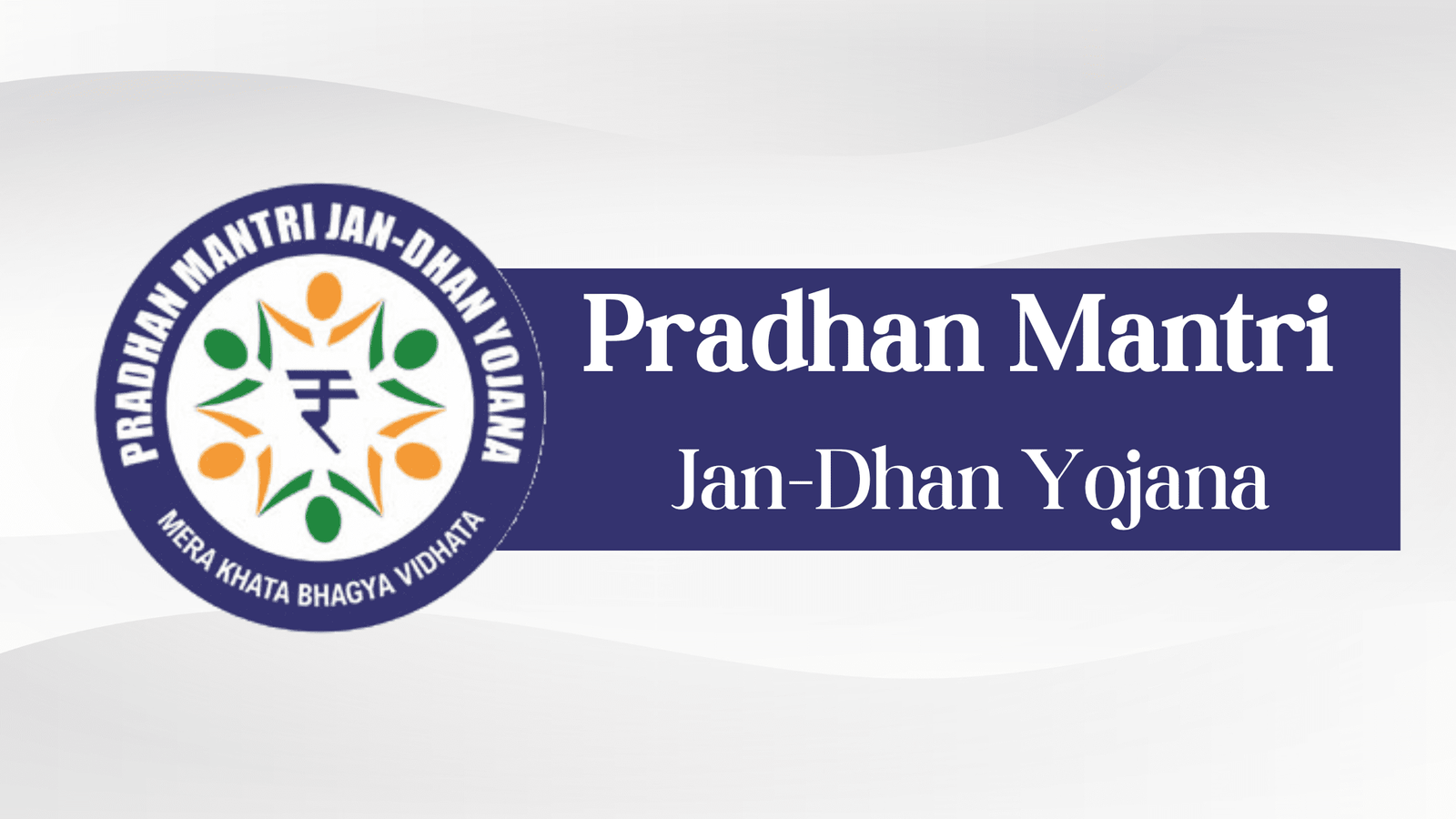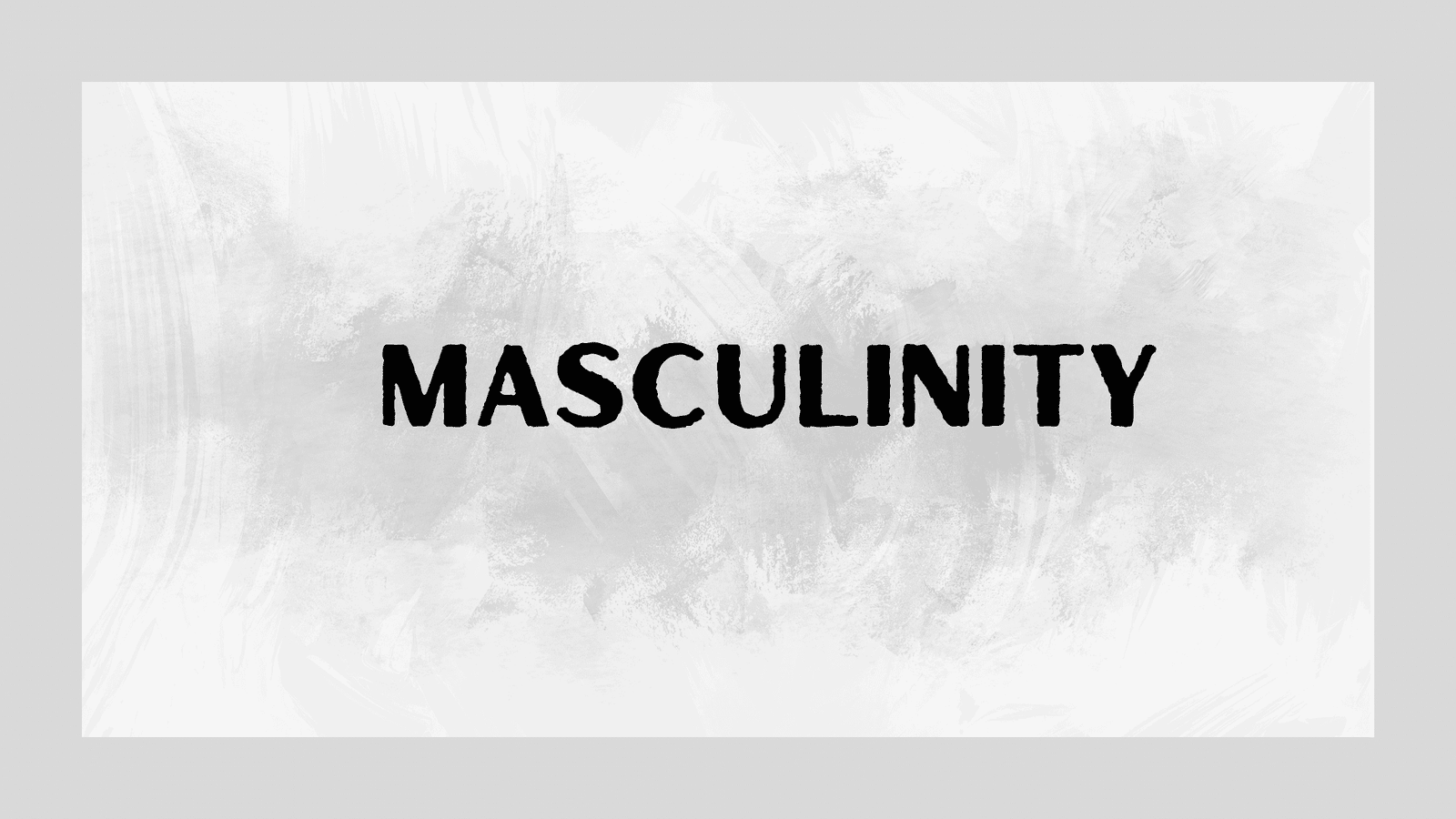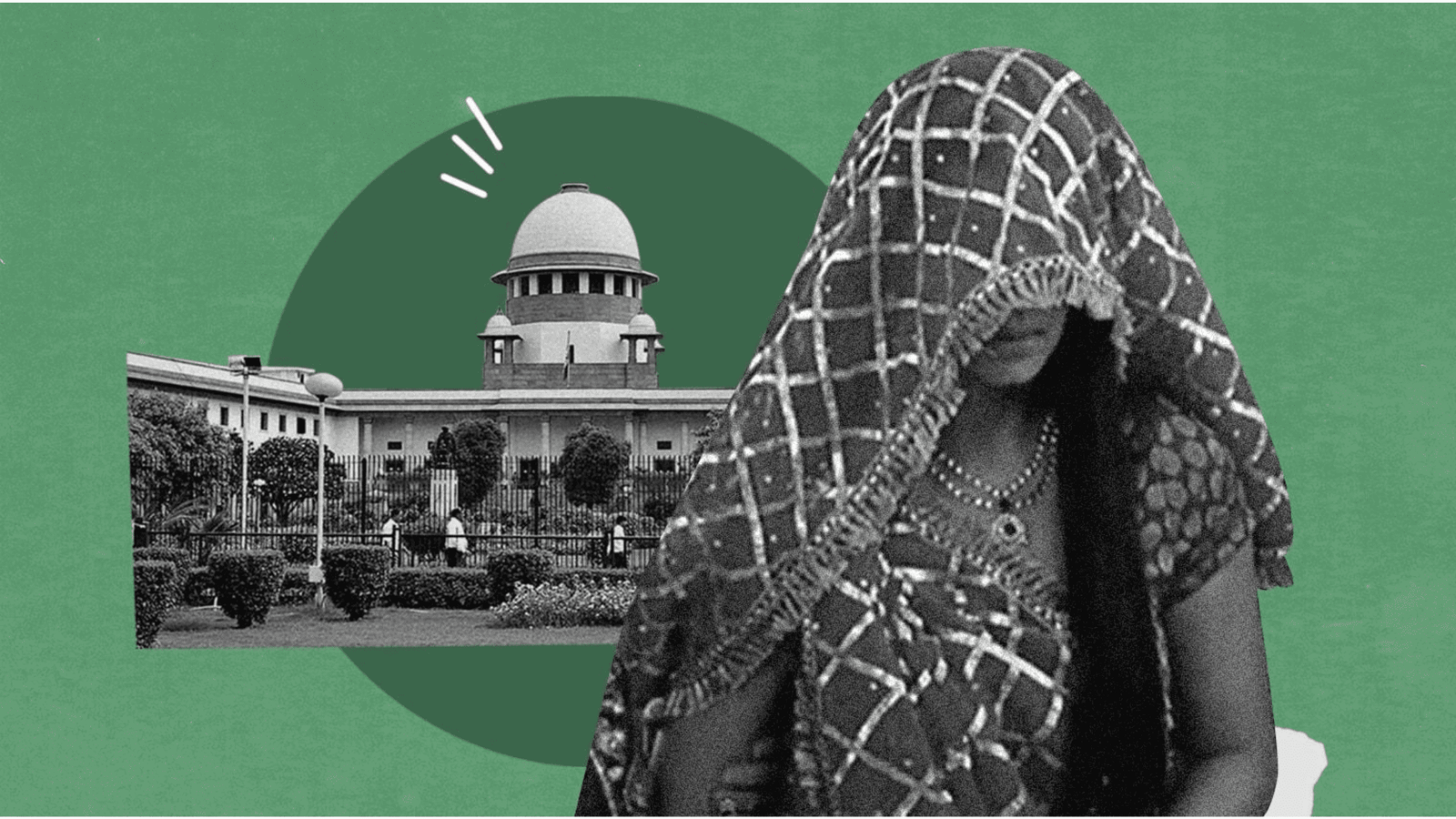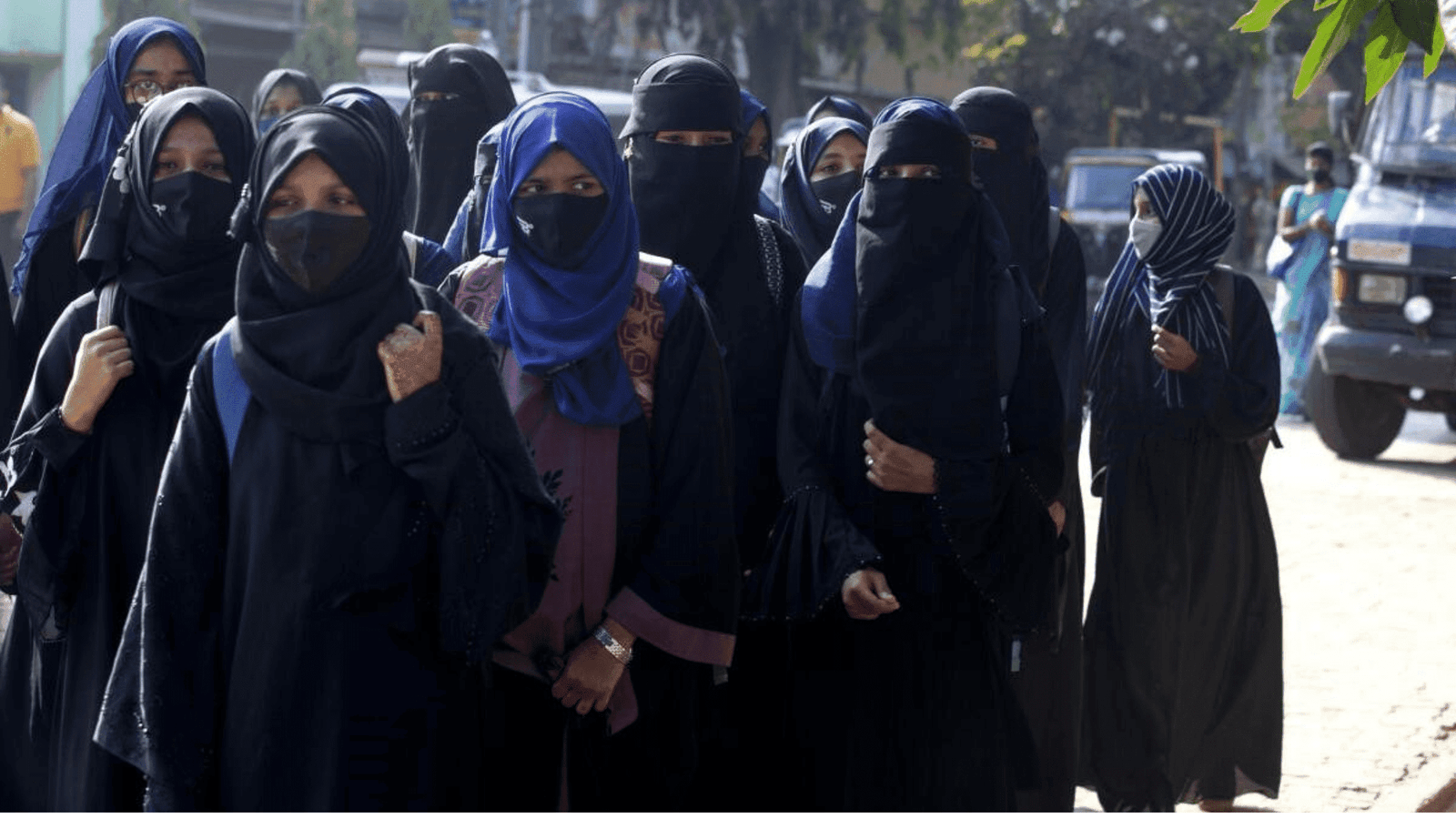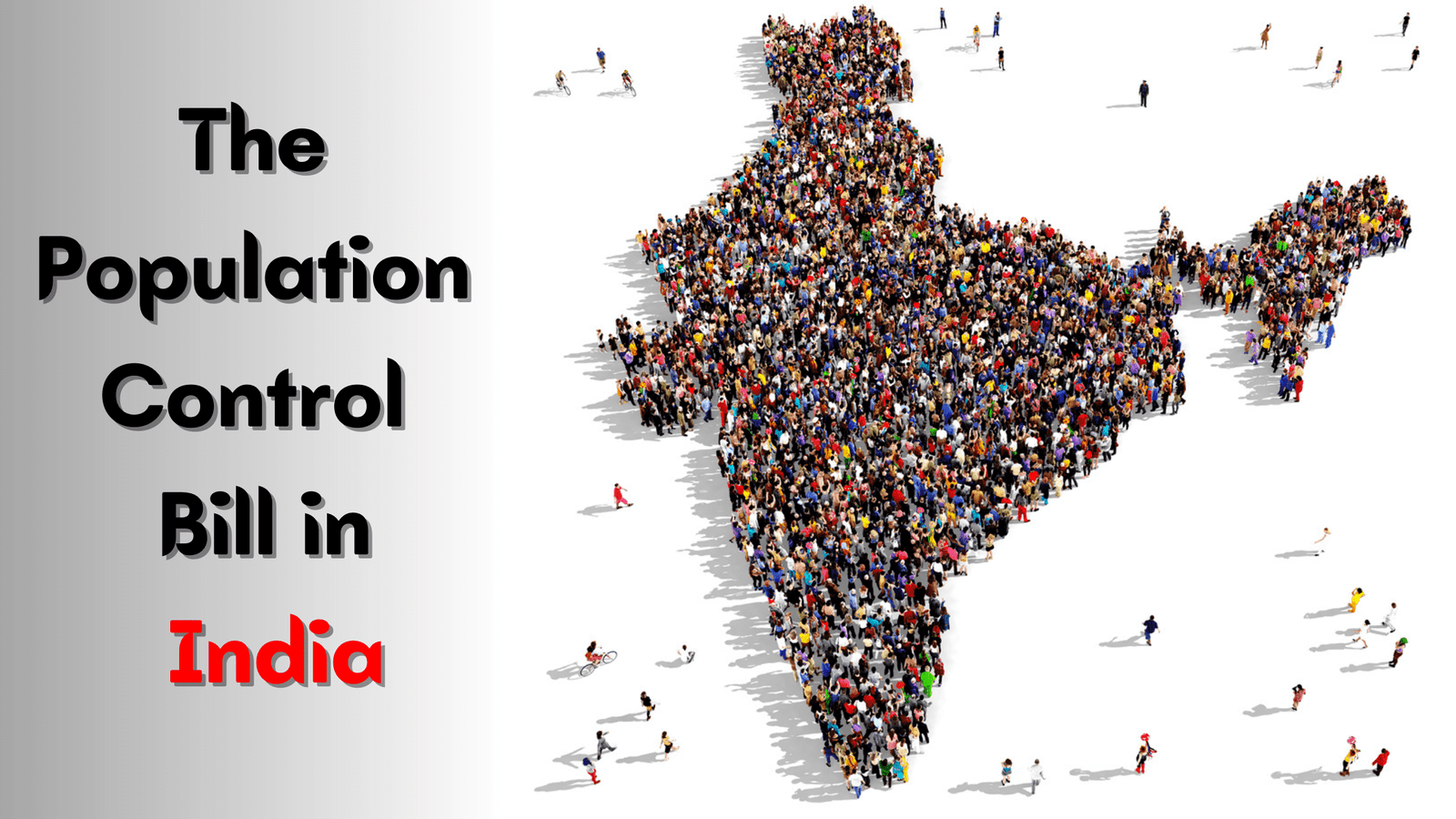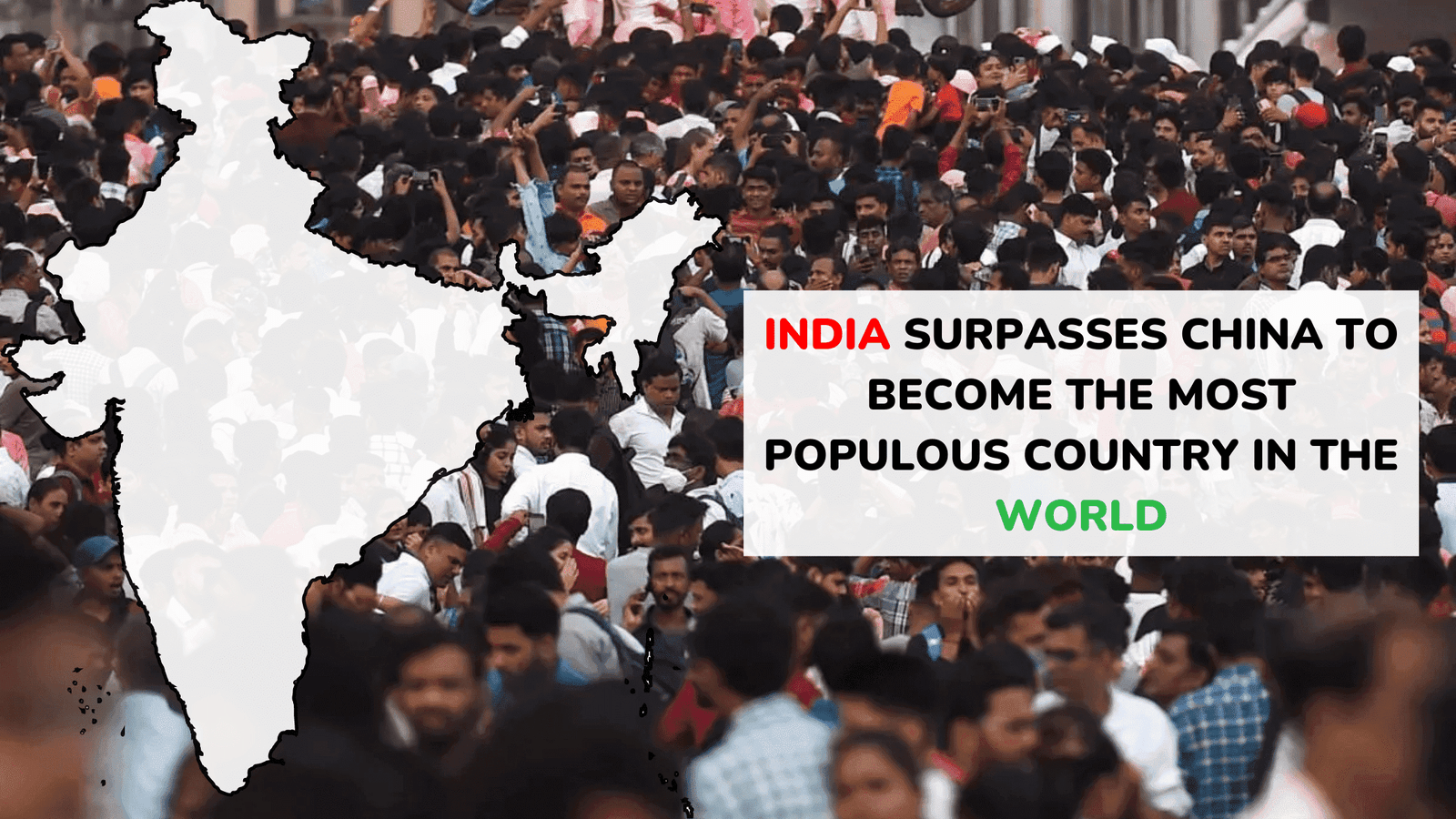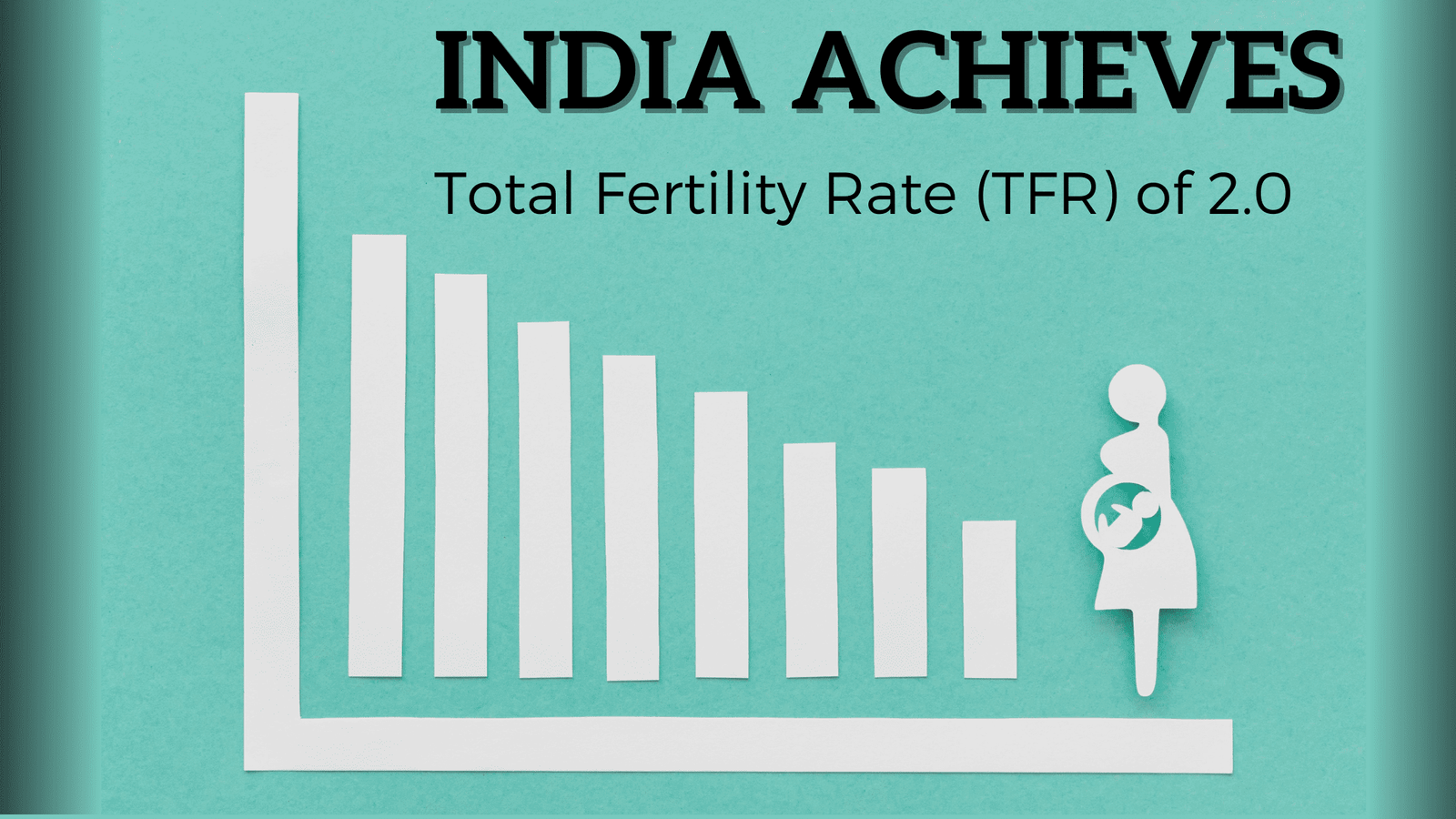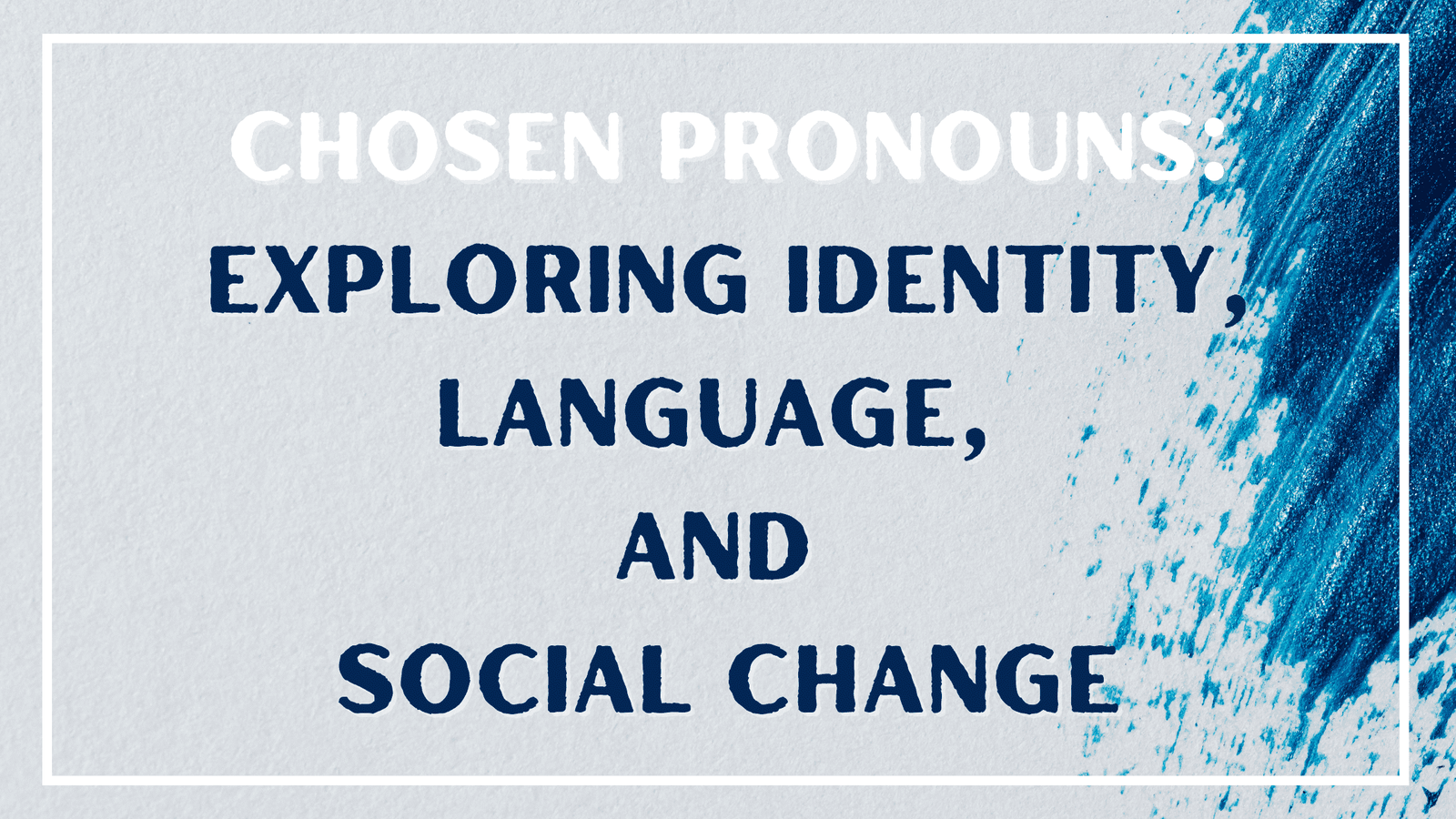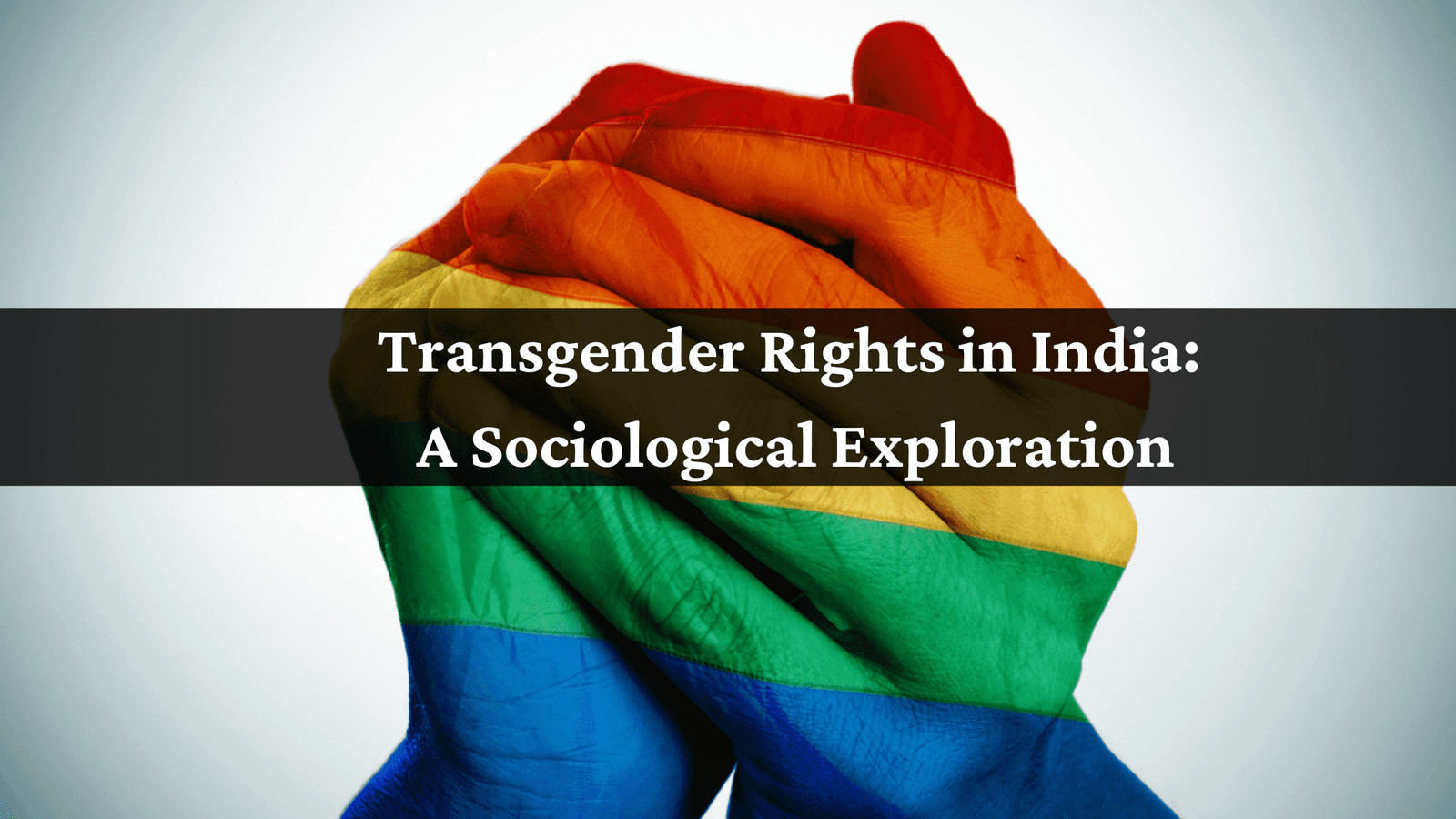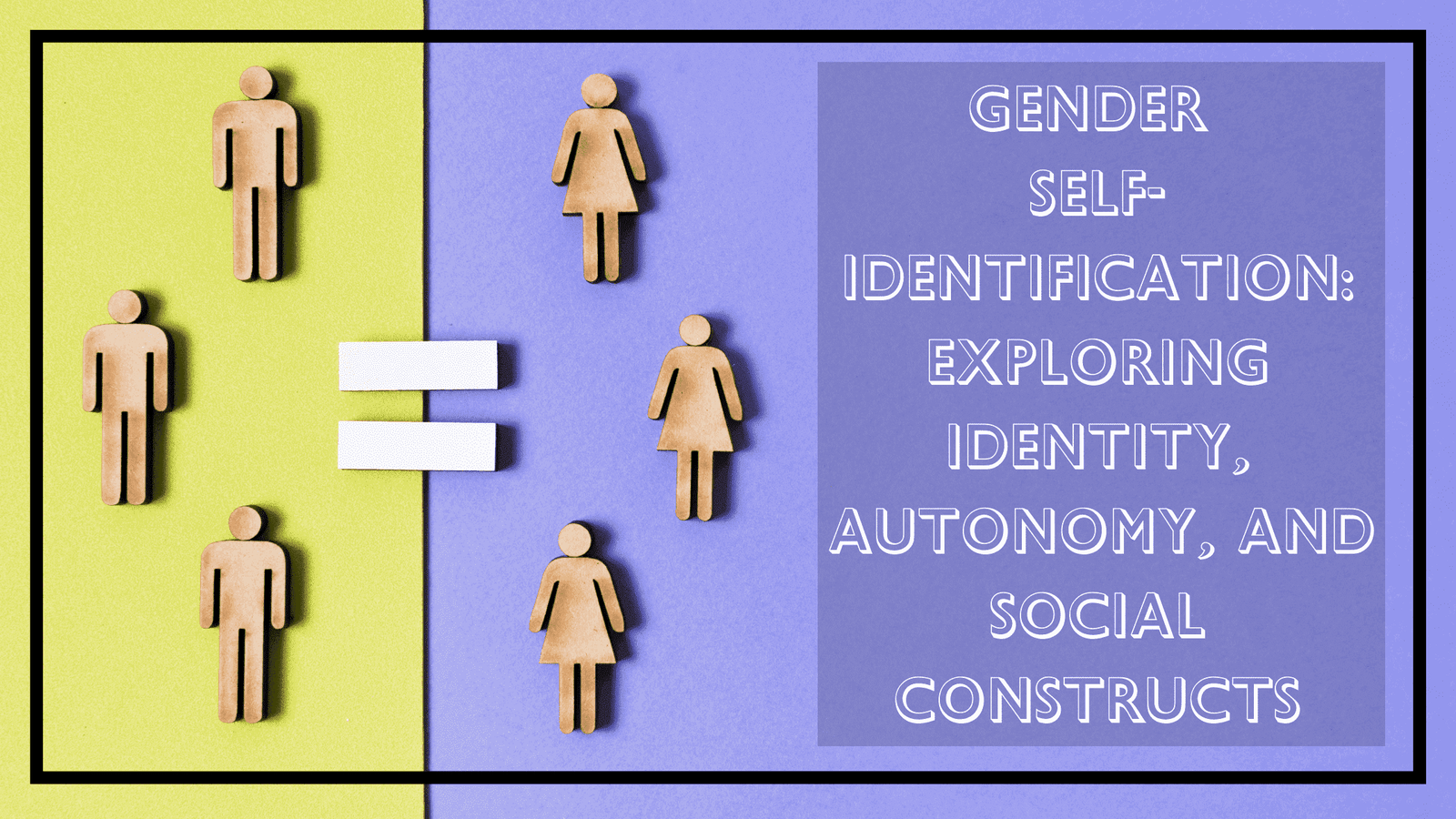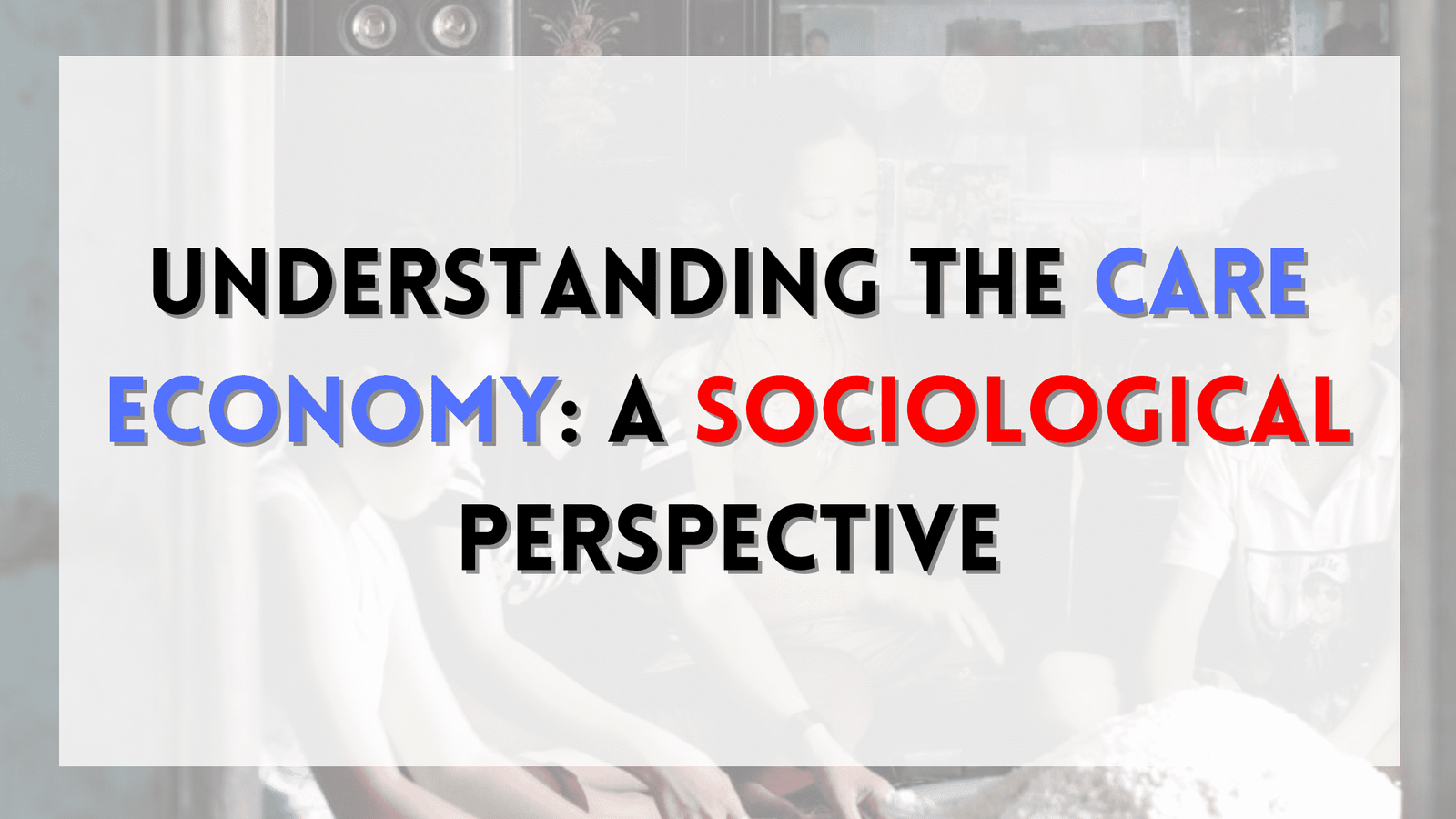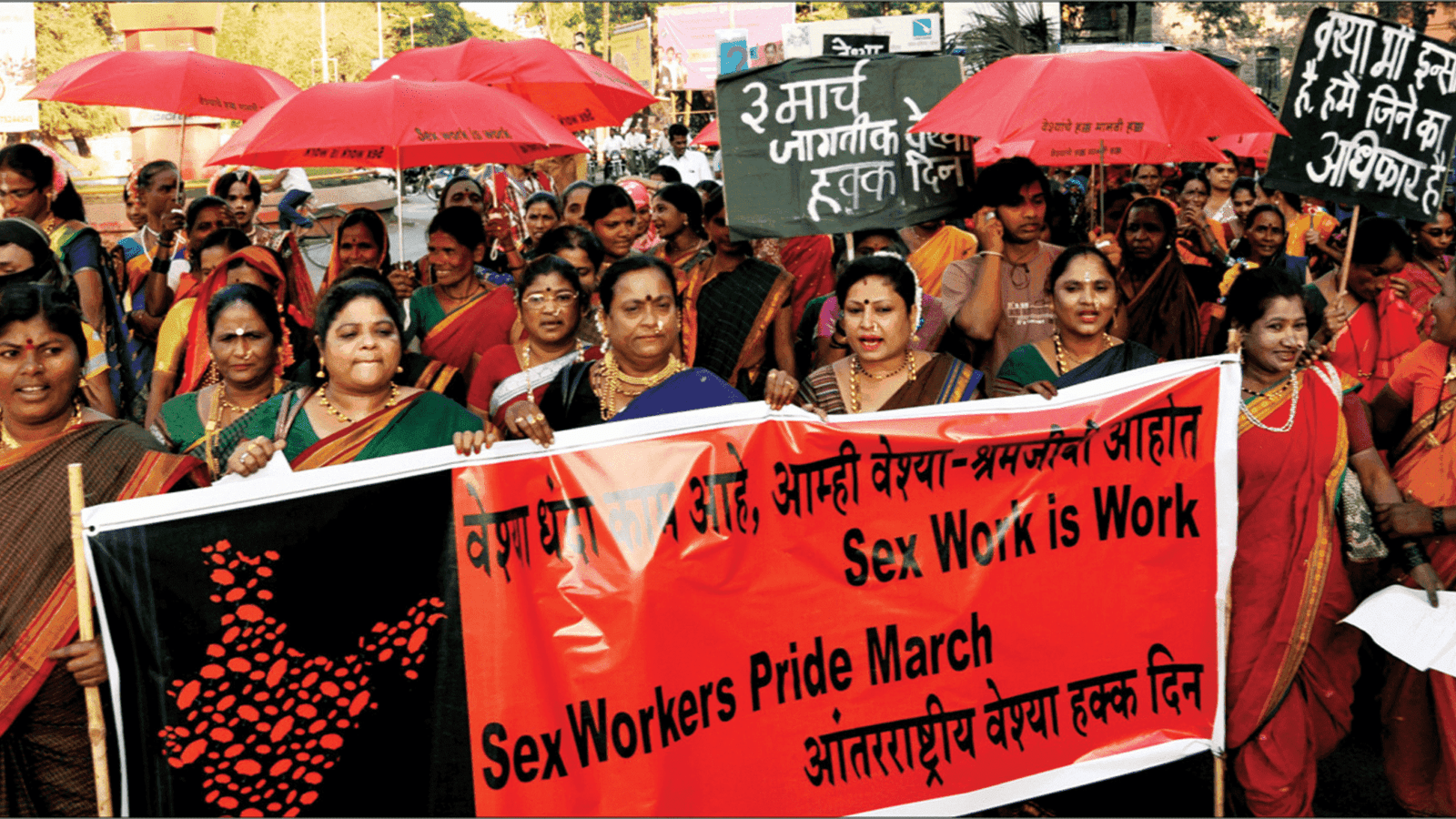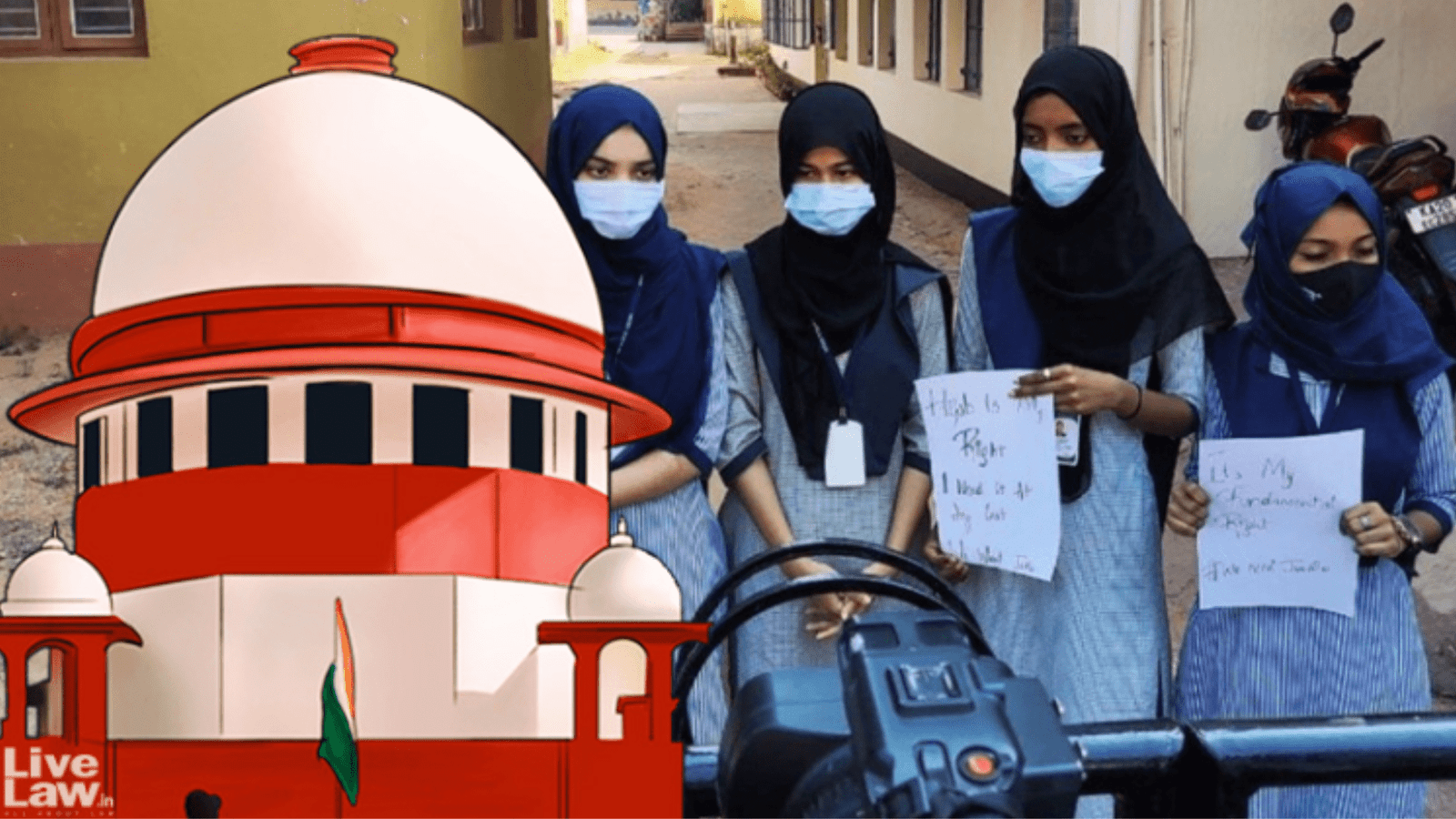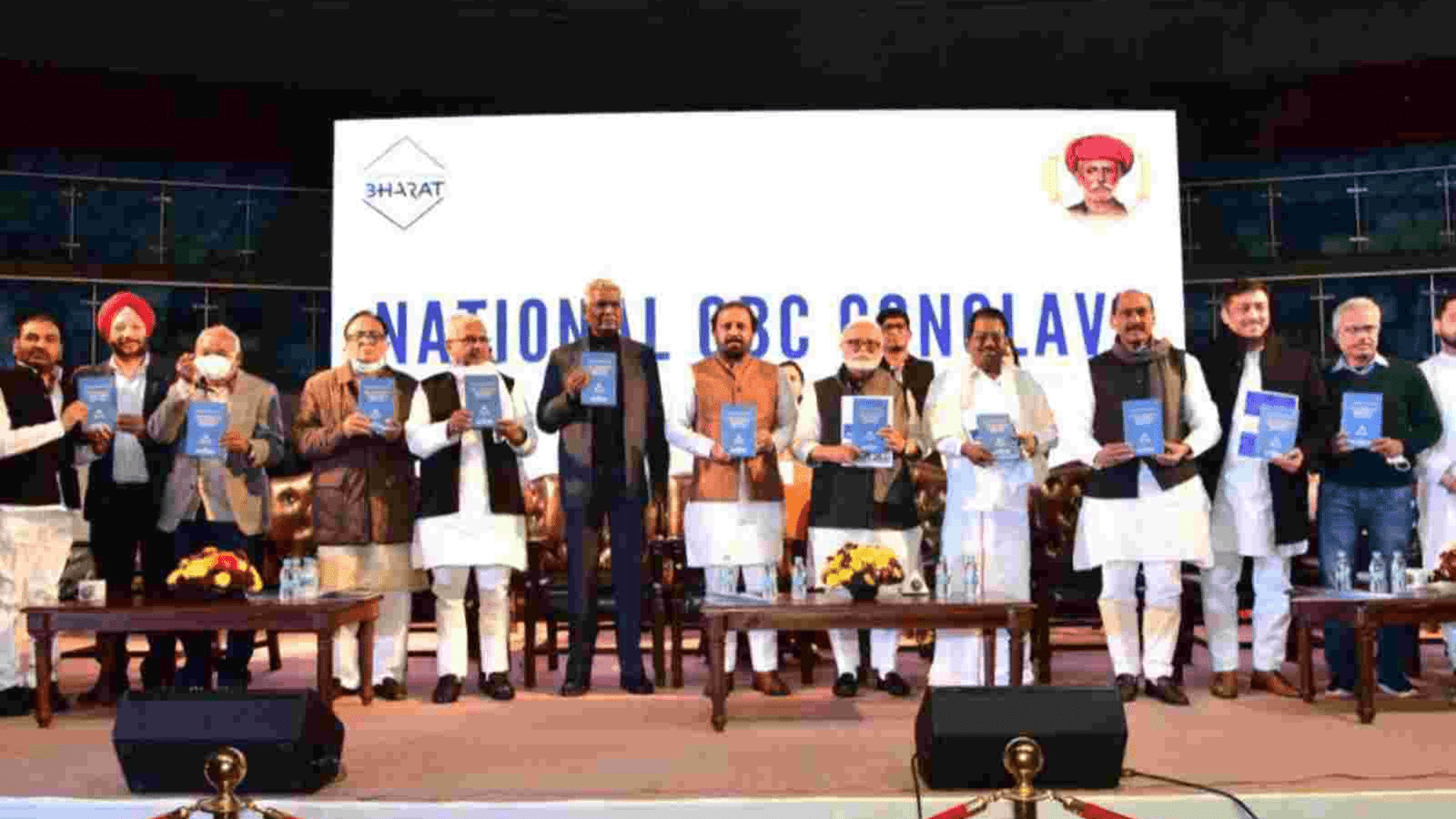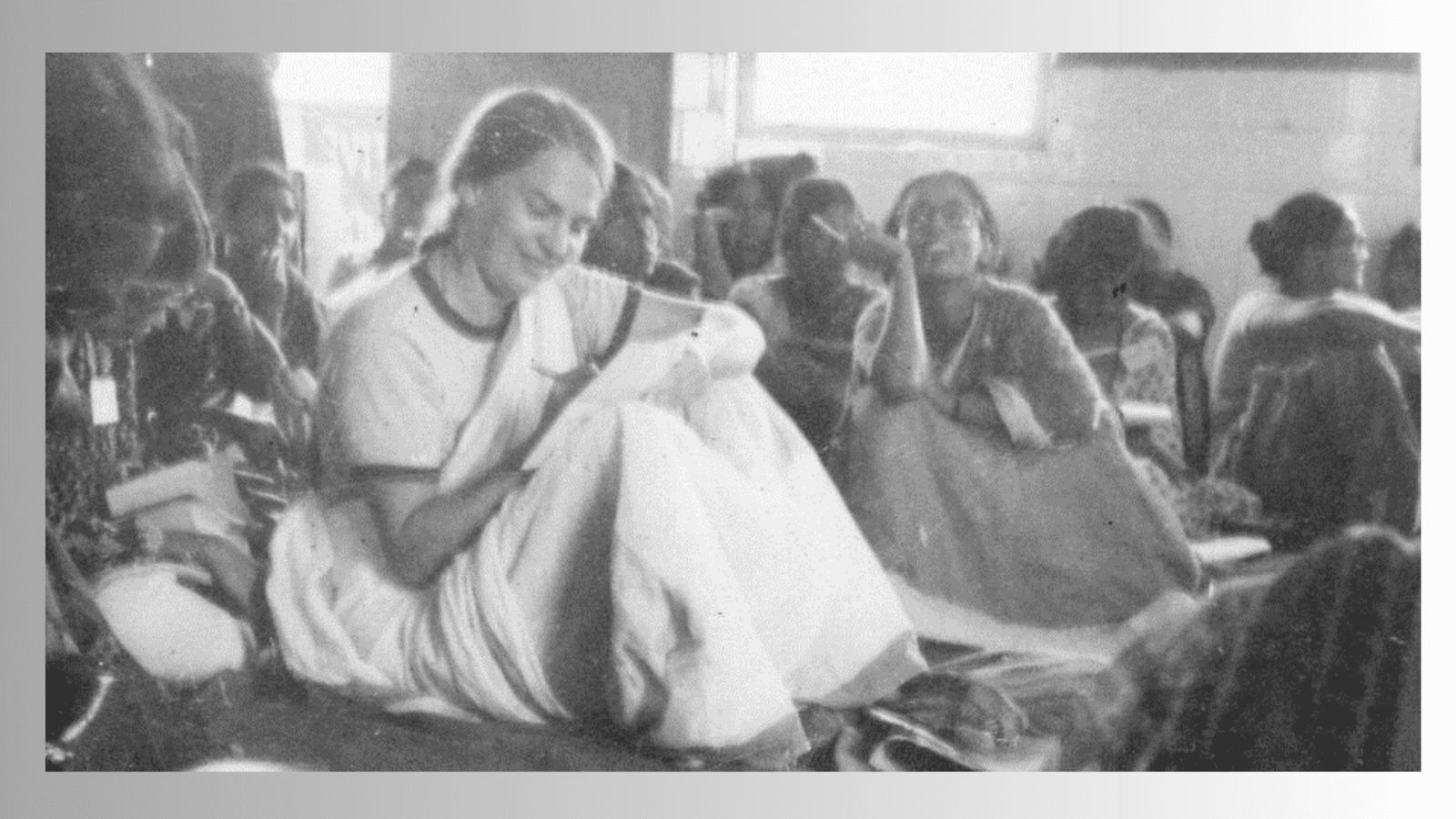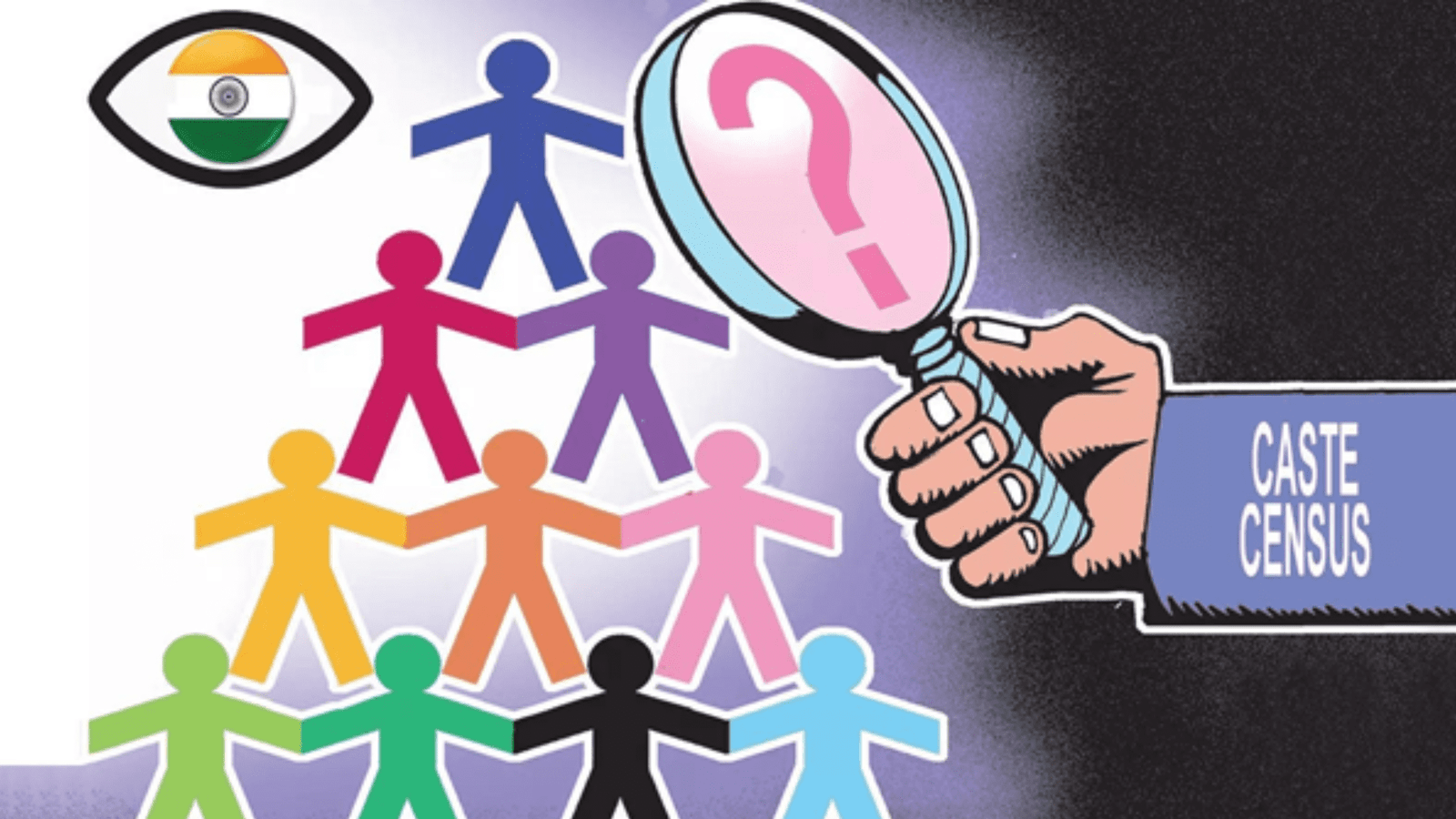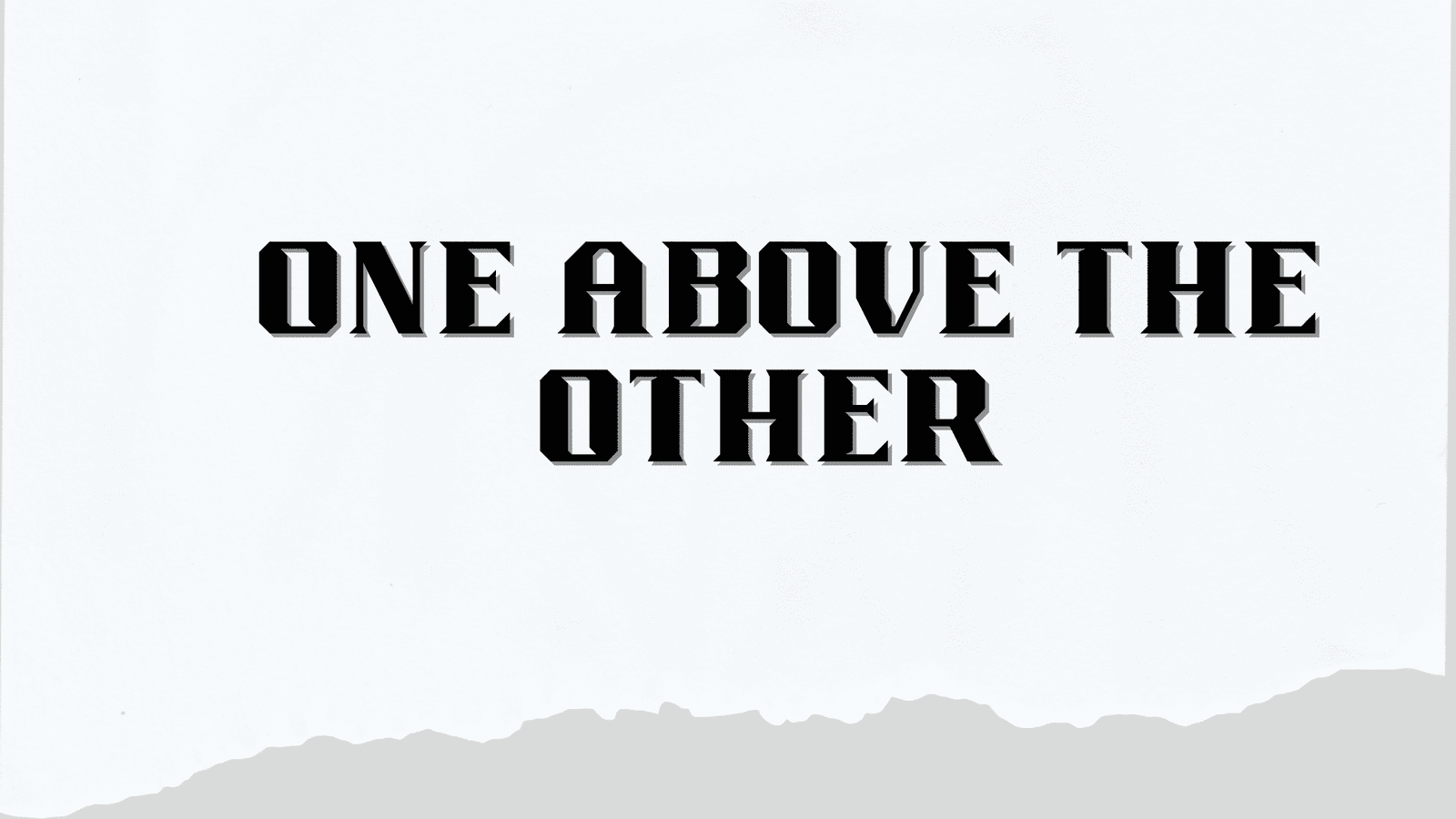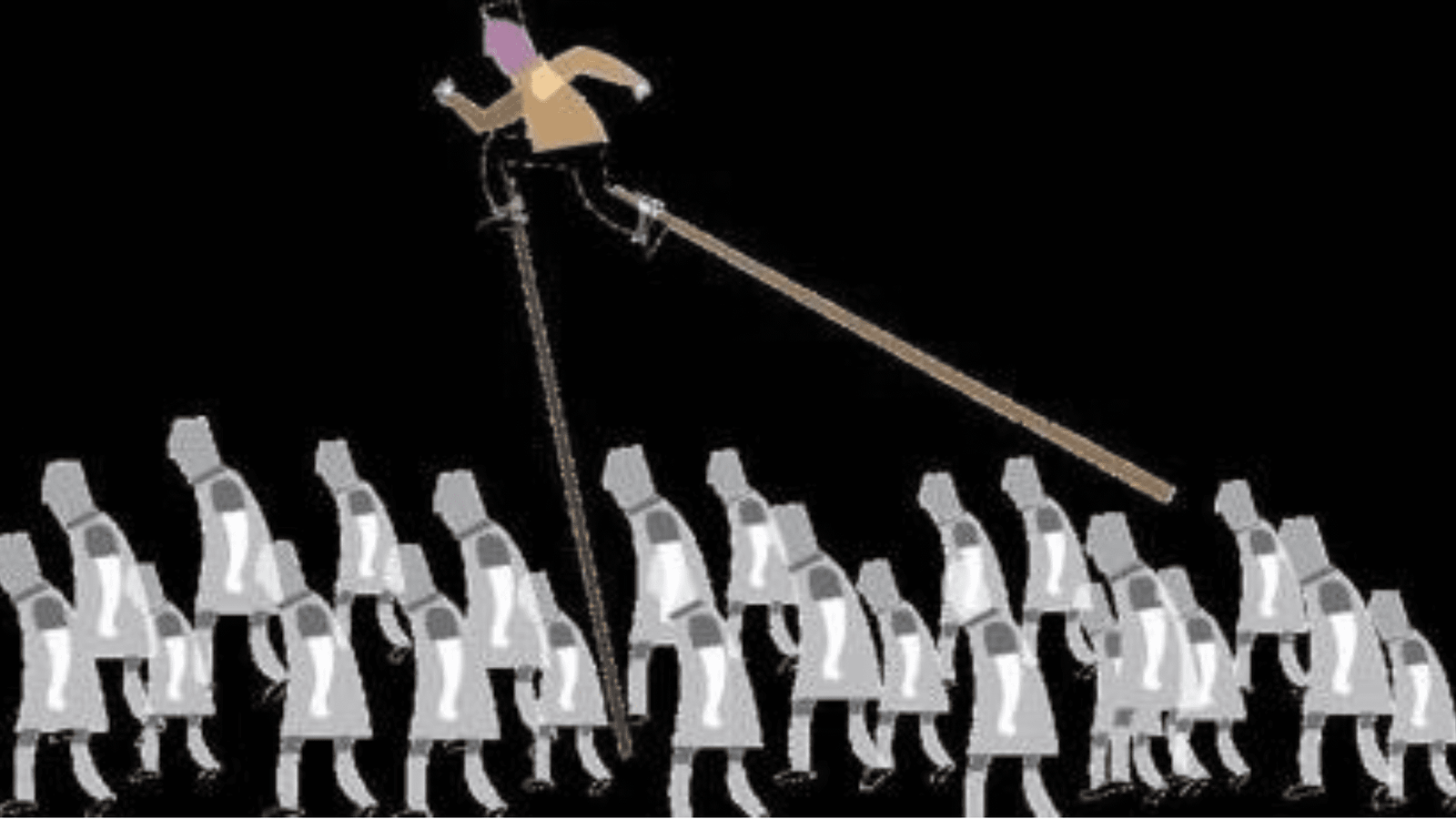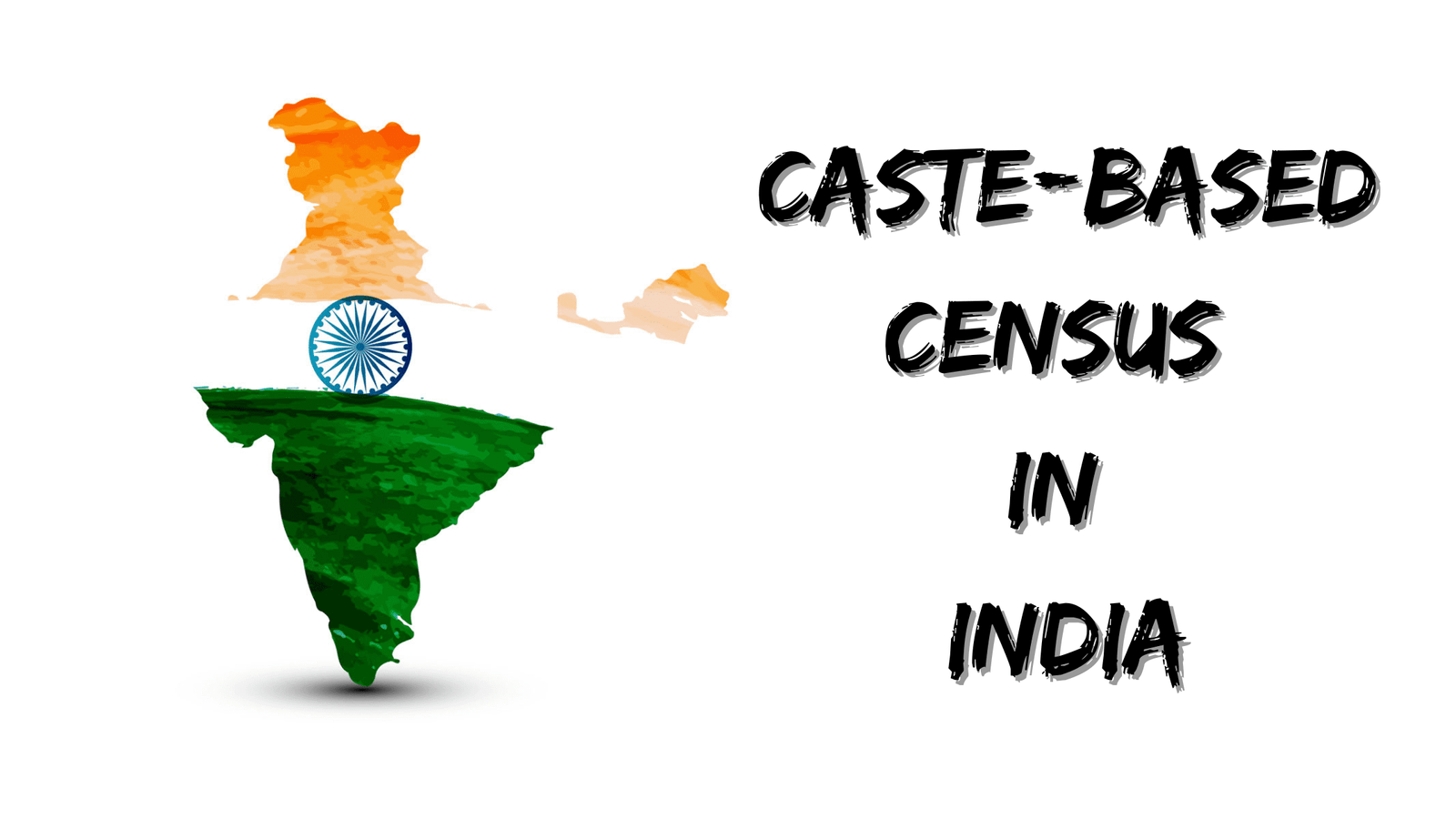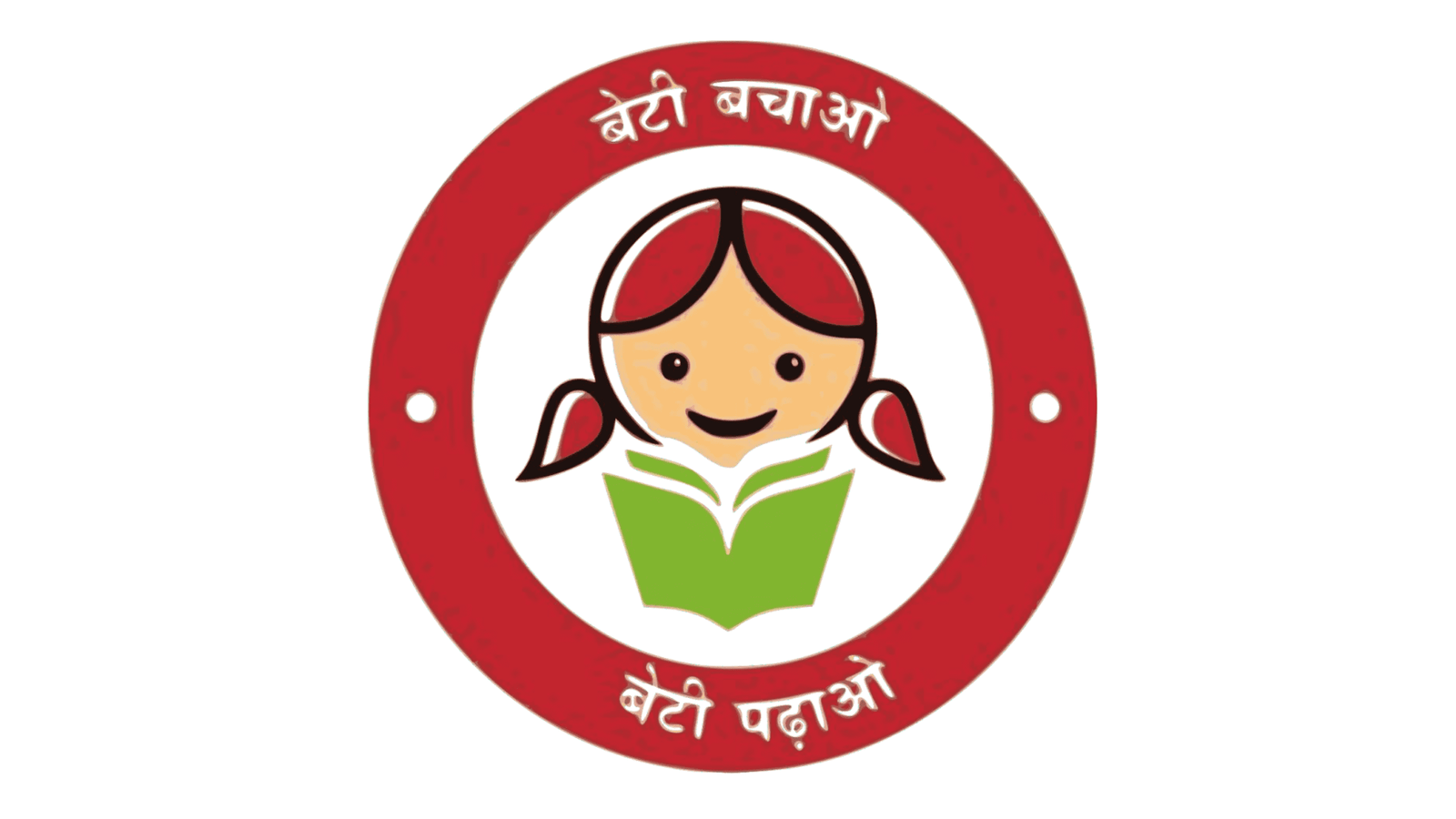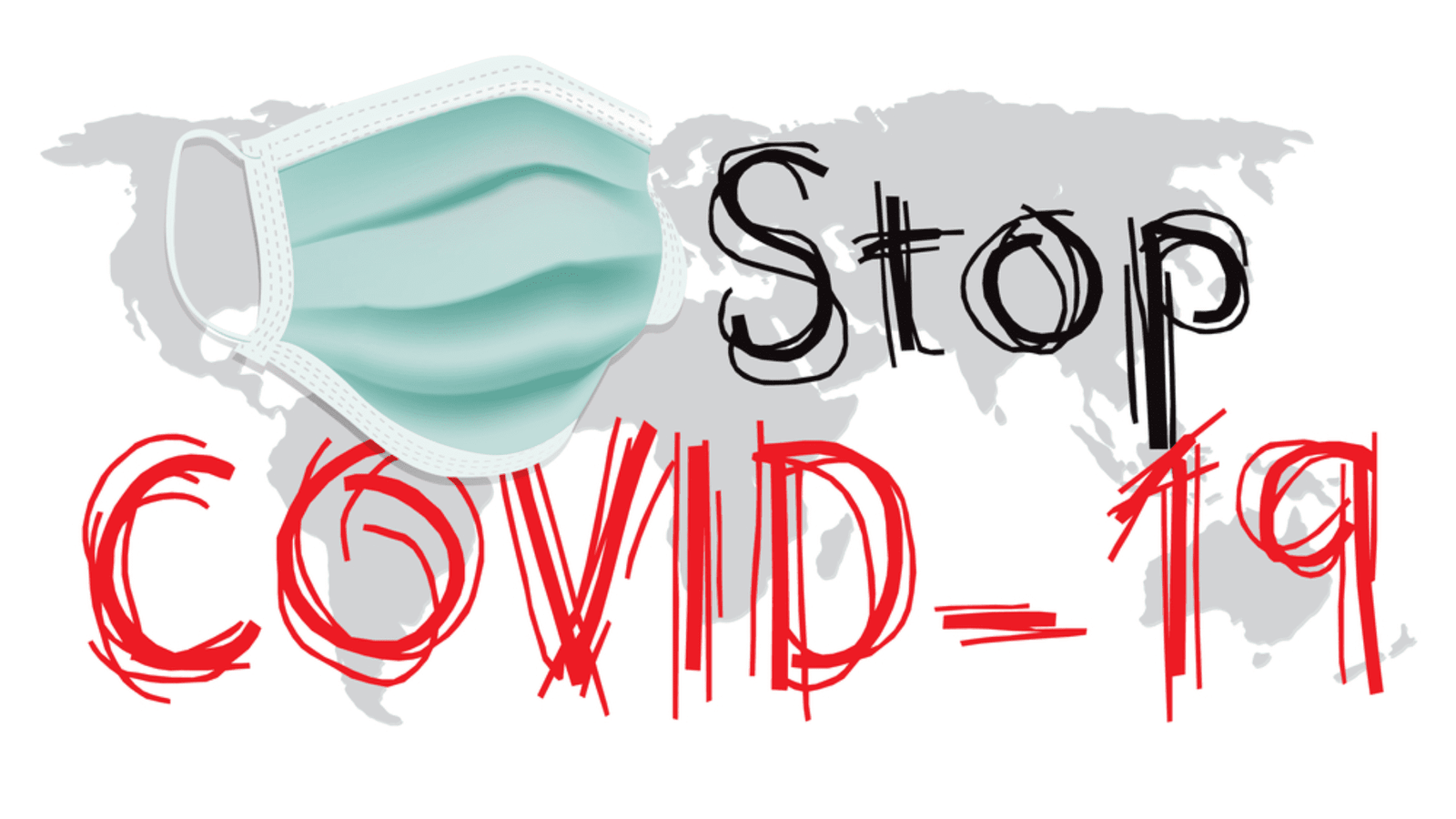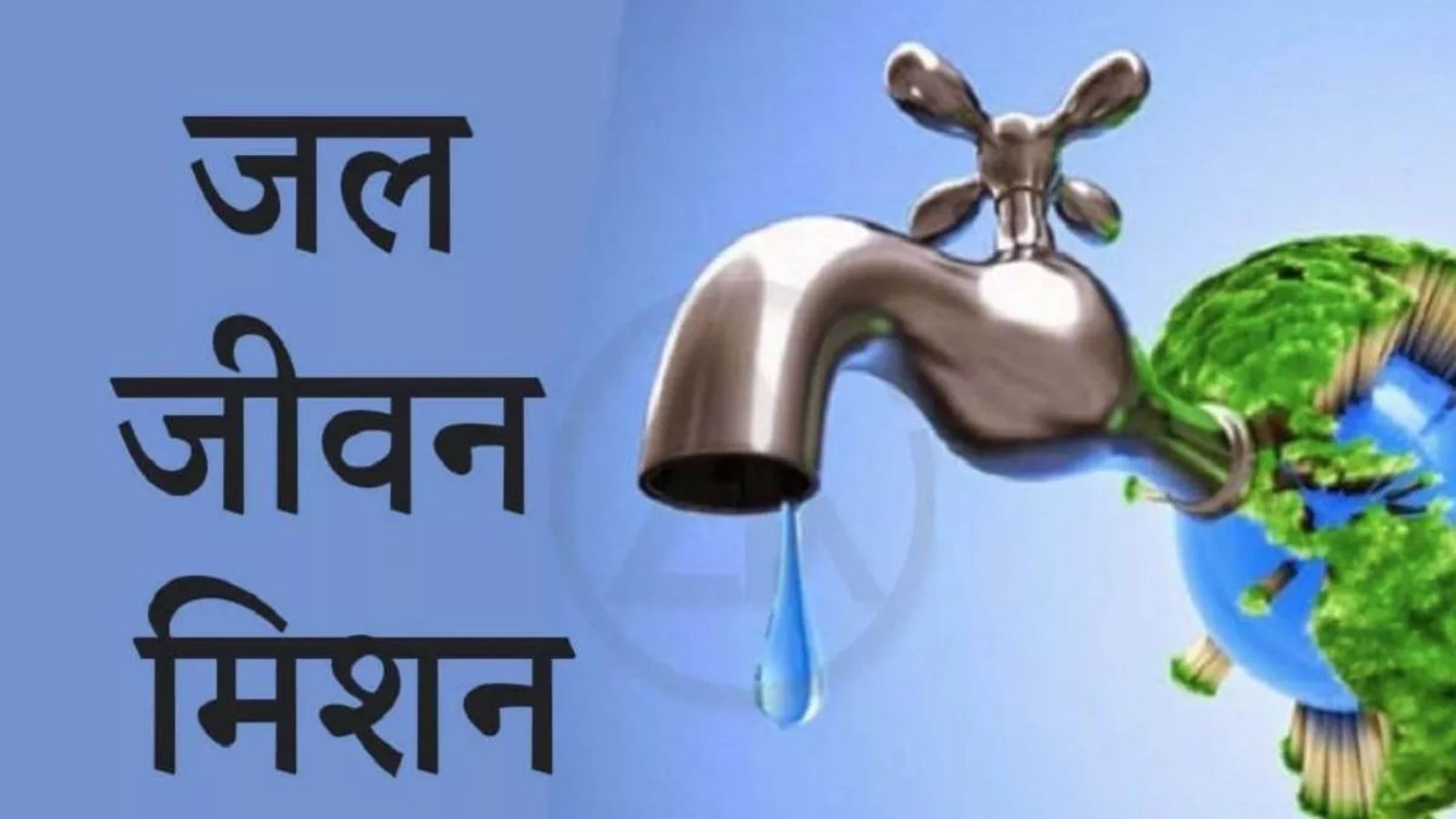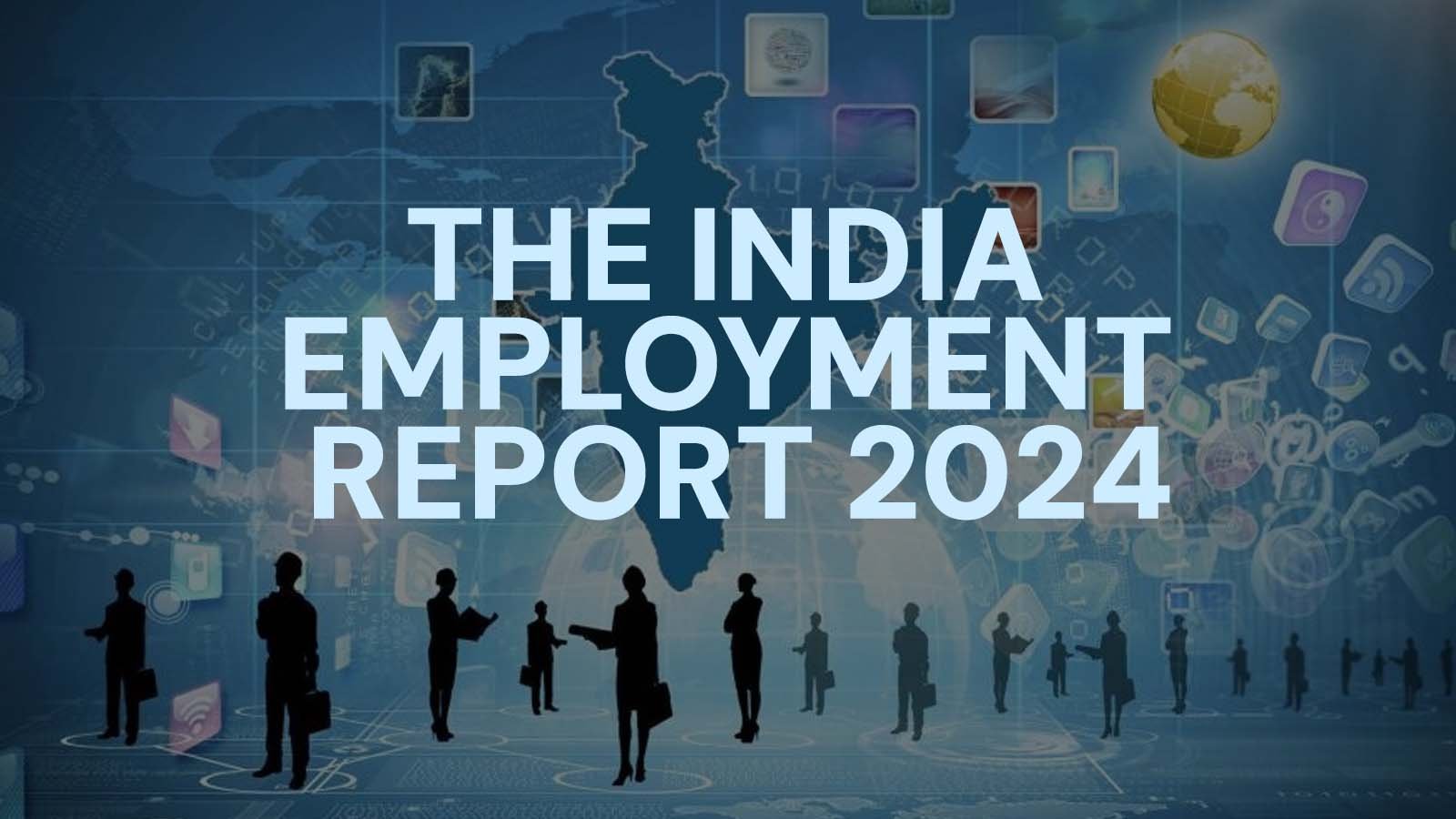
The underrepresentation of women in Science, Technology, Engineering, and Mathematics (STEM) fields is a pressing issue that has garnered significant attention in the global discourse on gender equality. Despite notable advancements, women continue to face barriers in pursuing STEM careers, limiting their participation in cutting-edge scientific research and technological innovations. This article delves into the sociological dimensions of women in STEM, exploring the terminologies, theories, and concepts used to understand the social implications, power dynamics, and challenges women encounter in these fields. Drawing upon the perspectives of Indian and Western sociologists, along with relevant statistical data, this article aims to shed light on the complexities and social consequences of the gender gap in STEM.
Defining Women in STEM:
Women in STEM refer to the participation, representation, and experiences of women in Science, Technology, Engineering, and Mathematics disciplines. Historically, these fields have been male-dominated, leading to gender disparities in educational attainment, career opportunities, and leadership roles.
Understanding Women in STEM from a Sociological Perspective:
Sociologists analyze the gender gap in STEM through various theoretical frameworks, such as socialization theory, stereotype threat, and intersectionality. These concepts offer insights into the societal factors that influence women's engagement in STEM fields.
Socialization Theory: Socialization theory emphasizes the role of social norms, expectations, and cultural messages in shaping gender roles and career choices. From an early age, girls may be subtly discouraged from pursuing STEM interests due to prevailing gender norms that associate certain subjects and professions with masculinity.
Stereotype Threat: Stereotype threat refers to the fear of confirming negative stereotypes about one's social group. In STEM fields, women may experience stereotype threat, leading to reduced confidence and performance anxiety due to concerns about conforming to stereotypes about women's perceived lack of ability in these areas.
Intersectionality: Intersectionality highlights the interplay of multiple social identities, such as race, class, and gender. Women from diverse backgrounds, such as women of color or women from low-income communities, may face unique challenges in accessing STEM education and career opportunities due to compounded disadvantages.
Perspectives from Indian and Western Sociologists:
Indian sociologists have examined the gender gap in STEM and its implications for Indian society. Leela Fernandes, in her book "Transforming Feminist Practice: Non-Violence, Social Justice, and the Possibilities of a Spiritualized Feminism", discusses the importance of empowering women in STEM fields as a means to challenge gender-based inequalities in India.
Western sociologists have also contributed valuable insights into women in STEM. Virginia Valian, in her work "Why So Slow? The Advancement of Women", explores the slow progress of women in academia and STEM careers, highlighting the systemic barriers that hinder women's advancement and proposing strategies for achieving gender parity.
Gender Disparities and Challenges:
Despite significant strides, women remain underrepresented in many STEM disciplines. According to UNESCO, only 30% of researchers globally are women. In some fields, such as computer science and engineering, the gender gap is even wider.
Challenges women face in STEM include implicit bias, lack of female role models, and the perception of STEM environments as unwelcoming or hostile. Women may also encounter challenges related to work-life balance, as STEM careers often demand long hours and inflexible schedules.
Empowering Women in STEM:
Empowering women in STEM requires a multi-faceted approach that addresses both systemic and individual barriers. Initiatives promoting mentorship, visibility of female role models, and gender-sensitive educational programs can encourage girls to pursue STEM interests from an early age.
Creating inclusive and supportive work environments, implementing diversity policies, and offering family-friendly policies can promote gender diversity in STEM workplaces.
Conclusion:
Women in STEM represent a critical segment of the workforce that has the potential to drive innovation, research, and technological advancements. By examining women in STEM through sociological theories and drawing upon the insights of Indian and Western sociologists, we gain a deeper understanding of the complexities and social consequences of gender disparities in these fields. Sociological research plays a pivotal role in advocating for gender equity, fostering inclusive STEM environments, and empowering women to fully participate in shaping the future of science and technology. Only through collective efforts can we dismantle the barriers hindering women's participation in STEM, achieving a more diverse and equitable STEM landscape that benefits individuals, society, and global progress.
